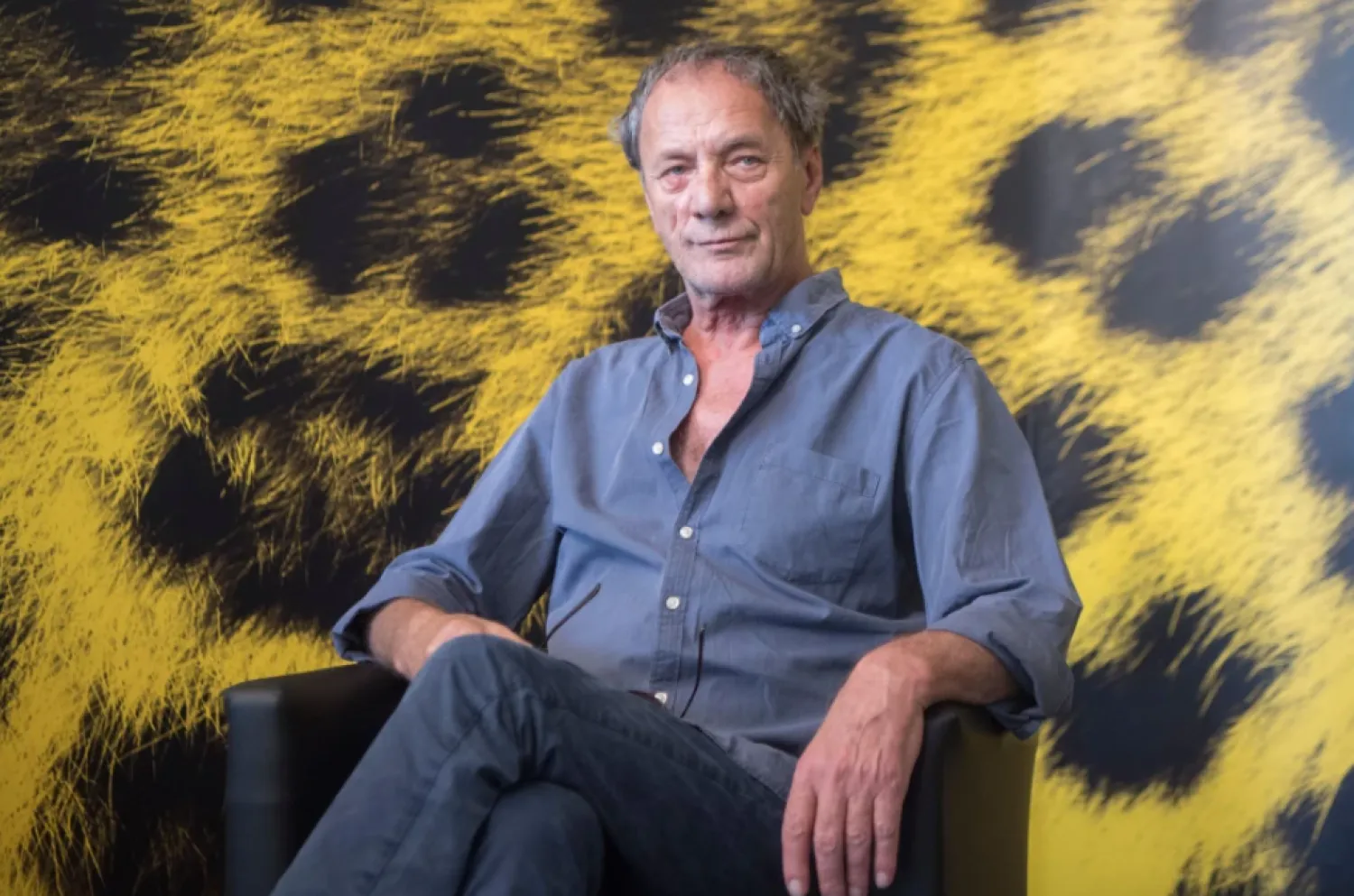Lebanese media figure Sonia Beiruti passed away quietly on January 16 at the age of 89, after she spent her last days with her eldest son, Antoine, who embraced her with his wife and children, offering her a last refuge.
She gave up on hosting many years ago, and rarely answered phone calls. She never liked social media and refused to own a cellphone, or use WhatsApp and other electronic services.
Beiruti worked in several newspapers and magazines, and served as an advisor for many media personalities and esteemed organizations. She started her journey at Dar Assayad, then worked in several institutions including Annahar newspaper and Al-Hasnaa magazine.
Later, she met late director Simon Asmar in the elevator at Annahar building, where he made her an offer: “I have a new artistic program. Are you interested in such an experience?” When she said that she never worked in art-related journalism, he replied: “you are a journalist with a thirst for knowledge and curiosity, you will find a way to explore stars”.
At that moment, Sonia started her life of fame. She was a petite woman known for her short hair, attractive voice, smart questions, and elegant appearance.
In a previous interview with Asharq Al-Awsat, she said: “After my participation in this program which marked a turning point on Lebanese TV, I walked on the street like I was flying in the sky. People recognized me all the time, they stopped me to ask questions and I answered nicely. A beautiful connection was built between me and the audience thanks to this popular, super successful program.”
Many Lebanese generations knew Sonia Beiruti, but she rarely appeared as a guest in TV programs although many TV hosts raced to interview her to learn from her experience.
Beiruti wrote several books including The Mills of Sectarianism, which highlights the writer’s experiences during the Lebanese civil war; she also wrote The Cords of Air which features the stories of 24 women who escape to beauty, youth, dream, fragility, and motherhood, and then discover that it was an illusion.
Sonia adored Beirut and always said: “I am Beiruti and I love Lebanon from head to toe.” She also liked swimming in Beirut’s sea even during the winter.
“I adore Beirut, its streets, neighborhoods, and houses, especially the alleys of Achrafieh where I was raised. Its sea has always been my closest friend in the summer and winter,” she said. “I remember when Samira Khashoggi offered to take me with her to Egypt, to escape the war and run Asharqiya magazine. I accepted on one condition, I wanted to visit Lebanon every 10 days,” she added.
The late media figure was passionate about her work in journalism. When she spoke about it, she said: “I wasn’t one of the journalists who use their instinct to judge a star, or a politician in a certain situation. Research, observation, and questions were my only way to investigate incidents and people. During my career, I was surprised with the potential of many people I met by coincidence, like Majida El Roumi, the little lady that entered the studio and shocked us with her powerful voice and turned the place upside down. We were all proud of her.”
About the media and television of today, Sonia believed that they have completely changed. “My advice to those working in today’s media is never to be afraid of telling the truth because it is the only way to build a country. I feel bored while watching TV today, only the political subjects interest me,” she said.
“He had remarkable humor. Once, we were talking, then he jumped to his library and grabbed a newspaper to confirm what he was saying. He changed the conversation repeatedly in a funny way that never bores you,” she said about Raymond Eddé, the funniest personality she hosted during her career.
About politics in Lebanon, she said: “Even the understanding of politics has changed today. everyone wants his share of the country like if it was an inheritance. Lebanon needs saviors to rescue it from its fall.”
The Lebanese bid a sad farewell to Sonia Beiruti on Tuesday in a funeral held in a church in Haret Sakhr. She was a media icon that reminded them of the golden days of television; she wasn’t a regular journalist, she established her own media school.
Once, Beiruti said “A human could not get enough of his love for life but one day, they have to respect its limits. Time is a school that we should not skip any of its lessons.”









